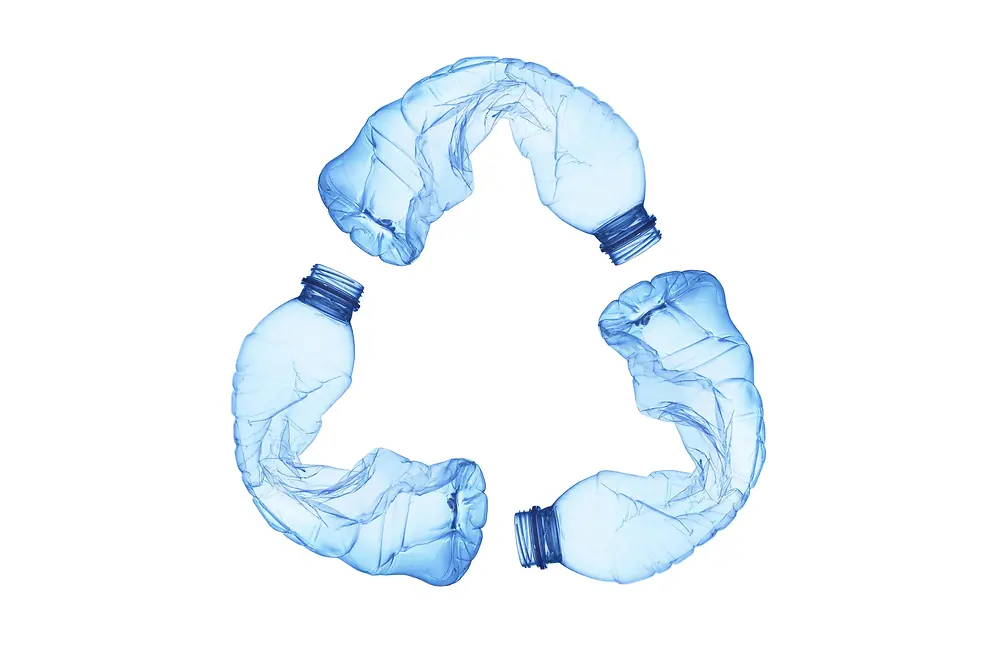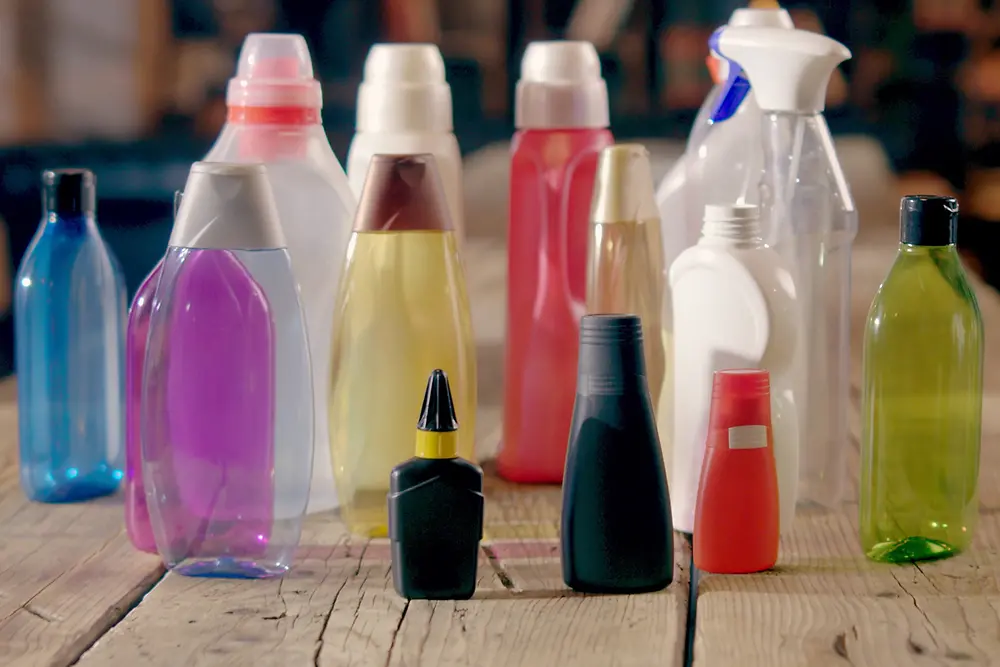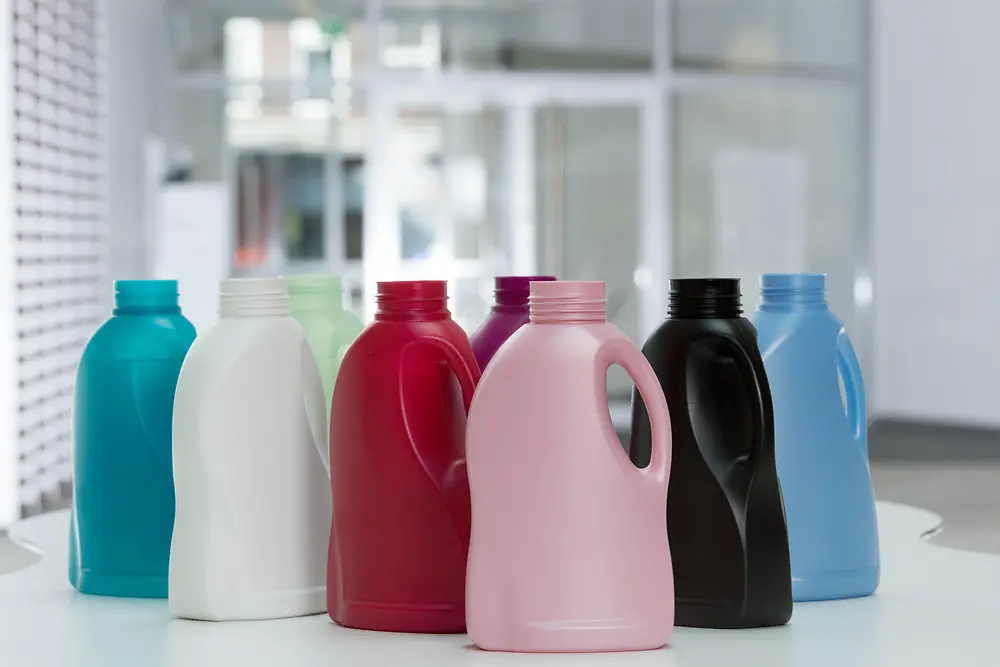Learn more about Henkel Brands & Businesses in UK & Irelands: Includes useful information about the brands, technologies and latest innovations in our business areas: Henkel Adhesive Technologies and Henkel Consumer Brands.
From clothes to plastic: the right way to recycle
We sort our waste into different bins, set up compost systems in our gardens, drive to the recycling center once a year: so that’s the recycling done. Unfortunately, it’s not that easy. For many types of waste, the right disposal is not straight forward. For other waste, unawareness means they end up in the wrong bin. And the new, allegedly compostable packaging materials make people uncertain. So how do you recycle these days? We have put together some advice on recycling that may not be obvious for everyone.
Paper is never just paper
Paper automatically belongs in the recycling paper bin? Not true! Wet wipes and old wallpaper cannot be recycled as paper, which is why they belong in the non-recyclable household waste. Nor can paper plates with food leftovers or pizza boxes which usually contain food residues.
The following paper products are also often erroneously disposed of in the recycling bin:
Frozen food packaging is usually coated with metal or plastic and cannot be recycled as paper. They therefore belong in either the plastic or the non-recyclable household waste bins.
Baking paper, receipts or public transport tickets have a tough coating, and heavily coated thermal paper does not dissolve in water during the recycling process.
Tissues belong in the non-recyclable household waste because of the bacteria and viruses that humans may come into contact with during organic and paper waste recycling.
Glass must be sorted according to color
Color does not play a role in recycling glass. This misconception still persists perhaps because containers are emptied into a single waste-collection vehicle. What can’t be seen from the outside is that the vehicles have separate compartments for keeping the green, brown and white glass sorted. Sorting makes sense because otherwise white glass will discolor during melting and thus become worthless for recycling. Lids and corks in the glass recycling container are not problematic because modern waste disposal facilities are able to filter them out. Nevertheless, more sorting always helps! Which takes us to the next advice:
Always sort packaging according to the separate materials
Recycling is all about achieving a mono-material flow, that means separating all recyclable materials as clearly as possible. For example, yoghurt pots are made of plastic, but the lids are made of aluminium. Each should therefore be disposed of separately, though in the same bin for plastic waste or recyclables. It helps to remove the plastic part in paper envelopes with viewing windows.
Another example is Henkel’s Vernel bottle whose plastic cover is made from a different plastic than the bottle body. To make the sorting process easier, a “zipper” has been developed which enables both layers to be simply separated from each other and recycled after disposal. Much of the Henkel packaging has special instructions for sorting different materials.
Do not use plastic bags as bin bags
Many households use supermarket plastic bags as bin bags. But you are mistaken if you assume this is helping. By ending up in household waste, it is simply incinerated instead of being recycled and valuable raw materials are then lost. It is therefore better to use bin bags made of recycled polyethylene and use the supermarket plastic bag as often as possible for further shopping trips.
Bioplastics don’t belong in the compost
Some garbage bags or plastic bottles have a “bioplastics” label which often leads to misunderstandings. What sounds sustainable does not automatically mean it’s better for the environment. And these plastics do not belong at all in the garden compost. Even if they are biodegradable, composting only works under the specific conditions of industrial composting facilities.
Do not pour out-of-date medication down drains
The cough syrup has expired? Then the bottle belongs in the non-recyclable household waste. It can also be handed in at a pharmacy or at a special-waste collection point. Never dispose of medication down drains or toilets. Pharmaceuticals are biologically highly active substances that are poorly degradable and therefore capable of seriously polluting water.
Old clothing is more valuable than many think
Although old clothes containers, charity shops and clothing collection centers provide many opportunities to dispose of old clothing, shoes and textiles keep being disposed of as non-recyclable household waste. Only clothes with heavy soiling such as oil or paint are non-recyclable waste. Everything else should be disposed of at the above-mentioned places. Old clothing helps people in need and can be recycled as insulating materials and industrial cleaning cloths.
Electrical waste contains extremely rare metals
Instead of being disposed of at the recycling center, electrical waste keeps being disposed of as non-recyclable household waste. Smaller devices such as smartphones or hair dryers are simply disposed of at home but often contain gold, silver and copper as well as a number of extremely rare metals such as neodymium, palladium and tantalum. These are important raw materials, most of which can be recovered. By visiting the nearest recycling center or mobile collection point, you are then really doing something good for the recycling economy.
Light bulbs and halogen bulbs are not recycled
Because many people suspect that light bulbs contain important raw materials, they often end up in recyclable waste or even in glass containers. Both places are wrong. Light-bulb glass is special with a differing melting point to recyclable glass, so it belongs in the non-recyclable household waste.
Upcycling rather than downcycling
Not everything requires immediate disposal! You can make balcony furniture from old wooden pallets, shelves from wine crates and flower vases from empty glass and plastic bottles. Upcycling takes “waste” and, with a little imagination, upgrades it. Even shampoo bottles can get a second life as smartphone holders or containers for sorting small items in children’s playrooms. Ideas on creative upcycling are available here.




















